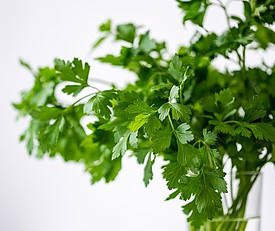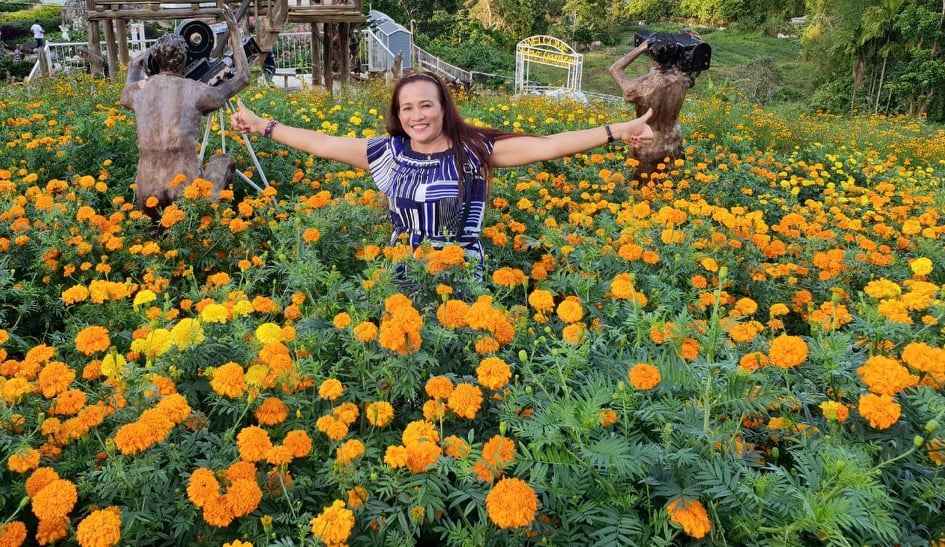
If you’ve ever thought of growing Cilantro plants but you have little education about the plant, there’s no need to worry.
That’s because this guide contains the needed info to help you plant healthy Cilantro plus other details. You will learn all that you need to know before you set out on planting your Cilantro. Plus other important tips to cultivate and protect your plants from pests and diseases.
Let’s kick off our guide with some basic overview of our plant.
Growing Cilantro
In southern regions, you will need to expose the young Cilantro plants to full sun or light shade. However, if you intend to plant in hot weather you’ve got nothing to worry about because the plant fares very well in the heat.
The best environment to grow your plant is in well-drained, moist soil. Also, it is advisable that you space your Cilantro plants 6 to 8 inches apart.
In order to harvest fresh Cilantro all through the season, you’ll have to carry out successive sowings every 3 to 3 weeks. The best time for these sowings should begin in the late spring.
You can start to harvest its leaves within 3 to 4 weeks from the time of sowing. It will take up to 45 days before Cilantro seeds will be ready for harvesting.
History
The history of Cilantro dates back many centuries ago when Mexicans and Africans were using it for cooking. Other regions that also used it for cooking are Russia, Spain, China, India, and many areas of Asia, and the North East.
Though there isn’t enough proof to buttress this fact, Cilantro is thought to be native to North Africa or the Middle East.
Not only are they used for cooking meals, but Cilantro seeds are also useful for medicine, most especially as a sleep and digestion aid.
Planting Choice
A lot of times people have asked if it is better off planting the Cilantro seed or the plant. Well, it’s usually best to grow directly by sowing the seed in your garden. The main reason for choosing this option is that the seed grows so quickly that you have no need to start planting indoors.
Also, the fact that Cilantro develops a taproot means that it isn’t ideal for transplants. However, if you wish to harvest some fresh Cilantro early, then it’s best you start growing indoors in peat pots. This will make it easy to transplant the Cilantro plant into your garden.
Bear in mind that it will take your seeds between 7 to 10 days before they germinate.
Cultivation
The first step to cultivate is to prepare the soil by adding some composite or organic matter to the area you wish to plant. These organic matters have to be worked into the soil to a depth of at least 18 inches.
Then you should have the smooth area raked, after which you sow the Cilantro seeds at least one-quarter inch deep directly into your garden. This seed sowing should be done in late spring or early summer for the best results.
Sow the seeds within 6 to 8 inches apart in rows that are spaced about one foot apart. Ensure that the soil has plenty of moisture and also feed your Cilantro plants with a good water-soluble fertilizer. This is should be done by the time your plants grow up to 2 inches in height.
Because Cilantro plants have the ability to grow so fast, you can sow fresh seeds again in the fall in warmer regions. For those who want a steady supply of fresh Cilantro leaves, ensure to make fresh plantings of Cilantro seed every 2 to 3 weeks starting from the spring.
Growing Tip
The major goal of growing Cilantro is to maximize foliage. You may need to pinch back the younger plants in order for them to grow into fuller plants. You should also snip off the plant’s main stem immediately after it starts to develop flower buds or seedpods.
By cutting off the flower heads you will be able to redirect the plant’s energy into the leaf, rather than the flower or seed production.
You’ll need to keep an eye on the plants as the weather heats up. To prevent your Cilantro plant from bolting quickly (developing seeds) in hot weather. If seed setting isn’t prevented, the plant starts to degenerate after it sets seed.
By letting the seeds to develop normally, you’ll come to appreciate the plant’s ability to sow fresh plants around the mature ones.
Protecting Cilantro Against Insects and Diseases
The great thing about planting Cilantro is that you’ll rarely get any problems from insects or diseases. The strong scent of the plant acts as a repellant to them.
The two diseases that you must protect your plants against are leaf spot and powdery mildew. Leaf spots begin as small yellow spots which may later turn into larger brown spots. This is usually caused by poor air circulation or situations of excess moisture.
One of the best ways to prevent leaf spot is to ensure that your plants are grown in areas that have well-drained soil. Also, you’ll need to prevent over-watering soil and make use of the soil that is thin enough to permit good air circulation around the plants.
Powdery mildew is usually discovered during hot weather and they appear as a powdery white coating on the foliage.
In order to prevent powdery mildew, you’ll provide your plants with enough moisture while preventing overcrowding.
Harvesting Tips
For harvesting, you can cut the Cilantro leaves at any time. The upper, freshly newly cut leaves are best for cooking, not the lower mature leaves.
It isn’t advisable to save and dry the leaves for later use as it loses its entire flavor when it is dried.
Conclusion
Cilantro is used to prepare culinary delight as well as for its medicinal abilities. It’s a plant that you can easily grow in your garden if only you have the right information on how to go about it.
This guide solves that problem by offering you tips on planting, protection against insects and diseases, and harvesting it.
Hope you enjoy reading these articles if you have a question and or experience that you want to share herewith, please kindly leave your comment below and I’ll be more than happy to write back to you.

Alejandra
Thanks so much for sharing this guide to grow cilantro plants, just in time for me, I love how cilantro taste and I love to have it often on different dishes and mexican sauces like Pico de Gallo. I was just about to work on preparing the soil on a flower top to plant some cilantro to have it fresh at home, my question for you today is what about growing cilantro plants indoors, as I live in Canada, we are just about to get some cold winter weather and my plan is to grow some edible plants indoors, can you give me some tips about how to do it?
admin
Thank you so much for visiting my website reading ny articles about guide to grow cilantro plant, and the interest yo plant then indoors.
All the bedt,
Joyce
roprimixz
Wow…What a beautiful piece of work this article is. You have gone into great details and I really enjoyed reading this. I have read about Cilantro before and its medicinal abilities. This guide has given me all the tips I need to grow Cilantro, protect it against insect and diseases. Thank you very much for this.
admin
Hello Roprimixz,
Thank you so much for visit my website and reading my articles about guide to growing cilantro plant. Yes it’s true this is not only a vegetable but also to help cure for the diseases and others.
Thank you so much,
Joyce